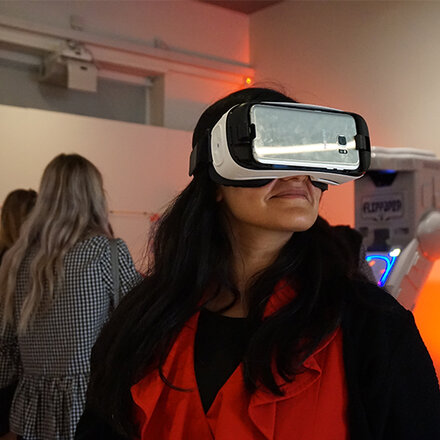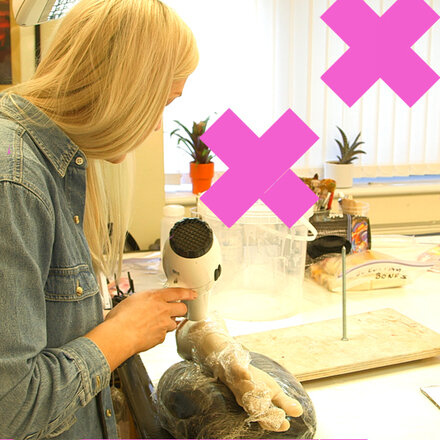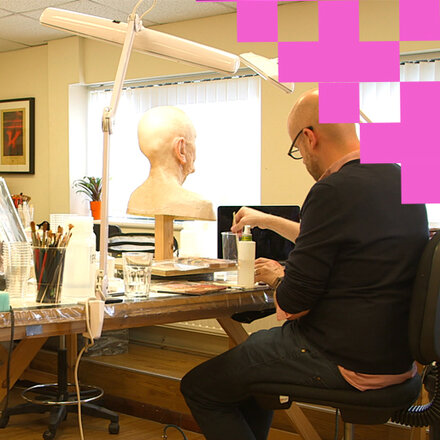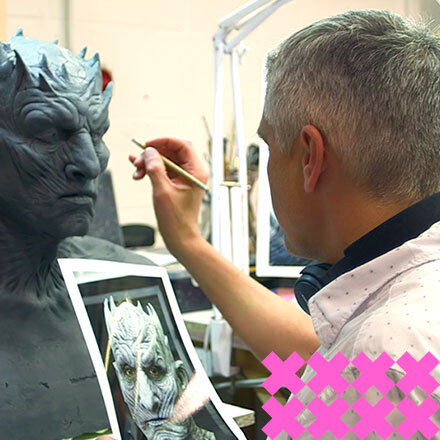Interview by Ben Falk
At what point in the filmmaking process do you come in?
It depends. There’s no real rule to this. Although more often it’s when the film’s cut has been locked or is close to being locked.
When we get involved depends on what’s required. For example, if the director wants to shoot scenes for a sequence we’ll need to collaborate at an earlier stage.
If we need to shoot live action or create a VFX sequence, the process needs to start earlier too, storyboarding to make sure it fits within the opening or closing look of the film.
There are times we are asked to come on-board even at pre-production to help with the overall branding of the project. And there are times, when we’re simply laying in titles, that we jump in right at the final DI composite within a few weeks of the final graded picture.
Do you generate the ideas, or are you executing something that’s already been thought up?
We very rarely just work on executing something that has already been thought up. Even if a director, producer or editor has an idea, it still requires us to put a creative angle on it.
There’s no real constant to this either, although there’s normally a brief of some nature. We see the film and discuss the story with the director first , take that away and work on our creative vision, before presenting back all the possibilities. We then develop the single chosen concept.
Is it difficult to make something feel original these days?
Originality should come from the script, which can then be translated into a look and style. We always look for the point of difference with any film to avoid getting caught up with a typical style for a certain genre.
Sometimes you can’t avoid conventions, as the audience needs to understand straight away, and of-course there are trends with credit sequences.
For us, it’s more important to make something that fits the film properly, reflecting the way it’s been shot and cut and to be a seamless part of the overall experience.
What is your ultimate goal when creating a title sequence?
Making sure we deliver either a sequence or even just a beautiful set of typeset titles that brand the filmmaker’s vision. We want those to be entirely at home with the overall look of the film and visually complement what the film is about.
What technical skills do you need?
It is essential to have a broad understanding of design, to be able to read a script or brief and to creatively interpret it.
And of course, a title sequence wouldn’t be a title sequence without a very good set of titles. So a very good knowledge of typography is essential.
It’s a small industry – how might someone go about breaking in?
Yes, it is a small industry and we often trip over each other in the cutting room. We’d be lying if we said there was an easy route to take and a formula to breaking in.
Like most jobs, you have to be prepared to start off small and put in the time – but fresh new talent with enough tenacity is hard to ignore.
Richard’s CV
Where did you start out? “My father was a film editor and I first joined what later became Saatchi & Saatchi.”
He worked with 007 titles legend Maurice Binder before setting up his own company in the late 1970s: “Creating good working relationships and maintaining high standards gained us a good reputation, which attracted notable projects like Quadrophenia and The Killing Fields.”
His most satisfying project was Tim Burton’s Batman: “It was in the days when we got our sleeves rolled up and our hands dirty. Pre-digital, we built the model of the Batman logo out of all sorts including car body filler, which we used to get the stone effect and texture on the surface.”
Dean’s CV
How did you start out? “I actually started out working in advertising, packaging and branding.”
What was the next step? “I realized early on the need to understand all levels of design and to be versatile. Moving over to film and TV was a natural step. Richard and I met many years ago and it was a perfect fit.”
What’s been your most satisfying project? “Probably most recently Jupiter Ascending. It took more than a year to do! All the typography we crafted by hand especially for the film. Basically, we created it all from scratch and I think we got a great result.”
Find out more about The Morrison Studio and Richard and Dean’s work with with credits between them including Skyfall, High Fidelity, The Constant Gardener, Jupiter Ascending, Calvary and frequent collaborations with Tim Burton including Batman and Sweeney Todd: themorrisonstudio.com
Also in this topic
- ‹ previous
- 2 of 20
- next ›





